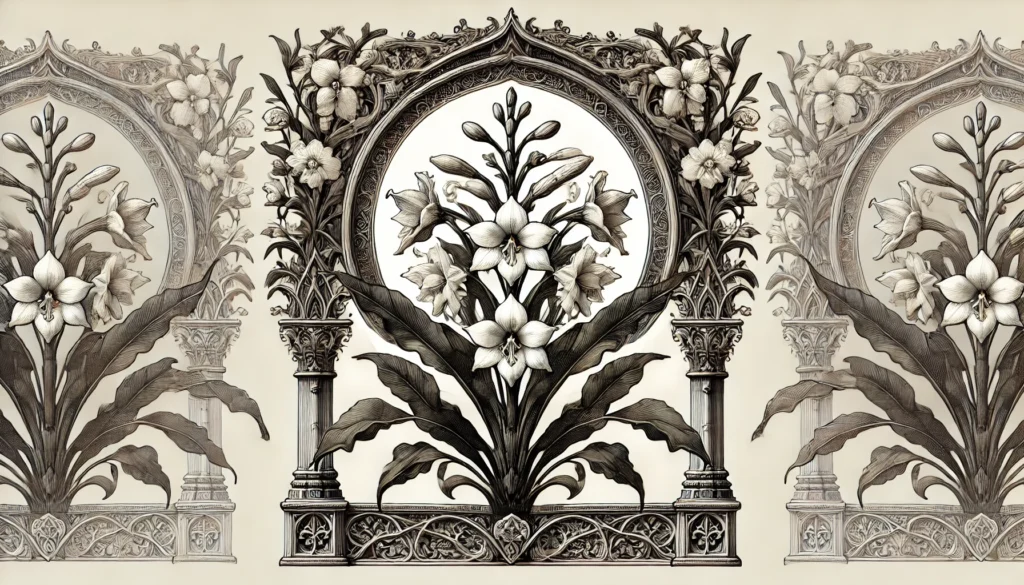Home » Cat Plants » The Harm the Lady of the night Plant Can Cause to Cats

The Lady of the Night plant (Brunfelsia species), also known as Yesterday-Today-and-Tomorrow, is highly toxic to cats if ingested. This ornamental shrub, commonly found as a houseplant or in outdoor gardens, contains the toxic principle brunfelsamidine which can cause serious symptoms in cats. All parts of the plant are considered poisonous..
Ingestion may cause mild gastrointestinal upset, but is generally not life-threatening.
Ingestion can result in mild symptoms like vomiting, diarrhea, or drooling. Rarely fatal but may require veterinary care.
Eating these plants can lead to more pronounced symptoms like abdominal pain, lethargy, or difficulty breathing. Veterinary intervention may be necessary.
Ingesting even small amounts can cause severe symptoms like organ damage, seizures, or cardiac failure without rapid treatment.
All parts of these plants are extremely poisonous to cats and can quickly lead to death, even with immediate veterinary care.
** Please note: Please note that toxicity level can vary based on the amount ingested and the specific cat. It's always best to keep these plants completely inaccessible to cats and seek immediate veterinary care or call the poison hotline if you suspect your cat has ingested any part of a toxic plant.
If your cat has eaten any part of a Lady of the Night plant, watch closely for signs of poisoning.
Symptoms can appear within hours of ingestion and may include:
Seek immediate veterinary care if you suspect your cat has ingested this plant, as the effects can be life-threatening without prompt treatment.
If you bring your cat to the vet after Lady of the Night ingestion, here is the diagnostic process they will likely follow:
Treatment may include IV fluids, anti-seizure medications, muscle relaxants, anti-nausea drugs, and supportive care. Most cats recover with prompt and appropriate veterinary treatment, but untreated Lady of the Night poisoning can be fatal. Prevention by keeping this plant completely out of reach is key.

A: Yes, the Lady of the Night Plant (Brunfelsia) is highly toxic to cats. It contains toxic compounds like brunfelsamidine and scopoletin, which can cause serious health issues when ingested.
A: Symptoms of Lady of the Night poisoning in cats include vomiting, diarrhea, drooling, tremors, seizures, and, in severe cases, paralysis or death.
A: Even small amounts of the Lady of the Night Plant can be highly toxic to cats. All parts of the plant, including the flowers and leaves, contain dangerous compounds.
A: If your cat consumes any part of the Lady of the Night Plant, contact your veterinarian immediately. Prompt treatment is crucial to manage the neurological and gastrointestinal symptoms.
A: Yes, Lady of the Night poisoning can be fatal if not treated quickly. The toxins can affect the nervous system, leading to severe complications or death.
A: Yes, safer alternatives include Spider Plants, Boston Ferns, and Areca Palms, which are non-toxic and safe for cats.
The Lady of the Night plant, scientifically known as Cestrum nocturnum, originates from the West Indies. It gained popularity in the 18th century when European botanists discovered its intensely fragrant nocturnal blooms. The plant spread globally through colonial trade routes.
Today, Lady of the Night is cultivated worldwide for its intoxicating scent and ornamental value. It has cultural significance in various regions, used in traditional medicine and perfumery. Despite its name, it’s not related to jasmine. The plant’s unique night-blooming characteristic continues to fascinate gardeners and researchers alike.
Please note: The information shared in this post is for informational purposes only and should not be considered as veterinary medical advice.
